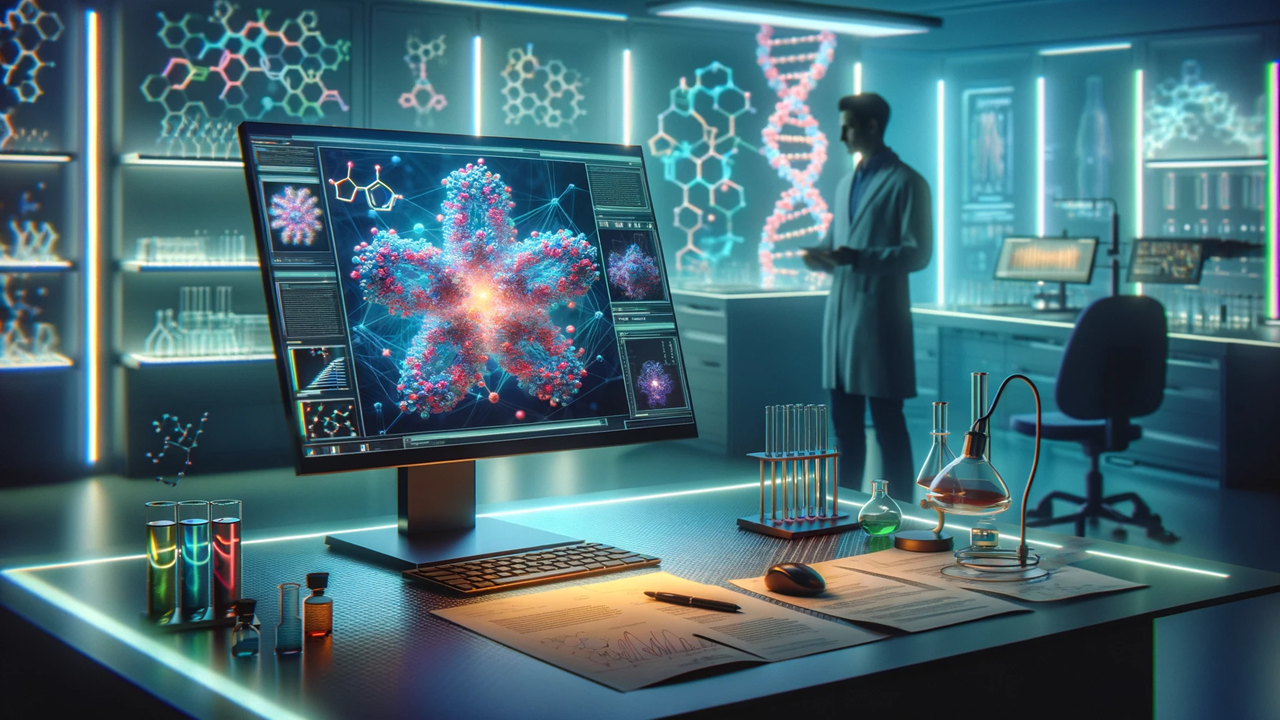
AI-Powered Protein Design: A New Frontier in Science
We did AI’s big step.
This ability of AI systems — having now developed the capacity to invent new proteins that stick to specific design goals — represents a unique advancement; AI-powered protein design it is considered, by many involved in biotech, to constitute a notable leap in our potential to unearth novel treatments; and is found likely to catalase change in several industrial domains, as well as in other areas yet to be defined.
Now I see that the latest in AI isn’t just cool, it’s a game changer in bio-stuff.
The Power of AI in Protein Design
We tried hard–It took ages.
Amino acid sequences were carefully changed by scientists for a long time—they wanted to make proteins look the way they hoped for.
But now thanks to AI we do it way faster.
AI algorithms, particularly deep learning models, have demonstrated an exceptional ability to decipher complex patterns within Protein Design the AI Way . By training on diverse datasets, these systems can identify relationships between amino acid sequences and the resulting protein structures, enabling them to generate entirely new proteins that conform to specified design targets.
Accelerating Drug Discovery
One of the most promising applications of AI-generated proteins lies in the realm of drug discovery. The pharmaceutical industry has long grappled with the challenges of identifying effective therapeutic molecules. AI’s prowess in designing proteins with specific structural features opens up new avenues for creating targeted drugs that can address a variety of diseases.
With the ability to rapidly generate and test novel proteins, AI expedites the drug discovery process, significantly reducing the time and resources required for developing potential treatments. This acceleration holds particular significance in the context of emerging diseases and urgent healthcare needs.
Unlocking Industrial Potential
I’m amazed! Enzymes, vital for speeding up chemical reactions in many industries like making biofuels and treating waste, are often created using AI nowadays — a change that was not imagined before. With AI, a better finishing touch is added – I think it’s neat!
The customization of proteins for industrial applications extends to materials science as well. AI-designed proteins may find applications in creating novel materials with specific mechanical or chemical properties, paving the way for innovative advancements in manufacturing and technology.
Overcoming Challenges in Protein Design
While the prospects of AI-generated proteins are exciting, challenges persist. The intricate nature of protein folding, which determines their functionality, remains a complex puzzle. AI systems must navigate the vast and intricate landscape of possible protein structures, making accuracy in predictions an ongoing area of improvement.
Researchers are actively working to enhance the precision of AI algorithms by refining training datasets and incorporating more advanced models. Collaborations between computational biologists and experimental scientists are essential to validate AI-generated protein designs in laboratory settings, ensuring that the virtual predictions align with real-world outcomes.
Ethical Considerations and Future Implications
As with any transformative technology, the rise of AI in protein design brings forth ethical considerations. The ability to engineer proteins with specific functions raises questions about responsible use and potential misuse. Striking a balance between innovation and ethical considerations will be paramount as this technology progresses.
Moreover, the democratization of AI tools for Glaucoma Diagnosis and protein design is crucial. Ensuring that diverse voices and perspectives contribute to the development and application of these technologies will help mitigate biases and broaden the positive impact on society.
Conclusion
The advent of AI systems capable of generating novel proteins that meet structural design targets represents a watershed moment in the fields of biotechnology and beyond. The accelerated pace of drug discovery, the optimization of industrial processes, and the potential for groundbreaking advancements in materials science are just a few glimpses of the transformative power of AI in protein design.
As we stand at the intersection of artificial intelligence and molecular biology, the synergy between these disciplines holds immense promise for addressing some of the most pressing challenges facing humanity. The ability of AI to navigate the intricate world of protein structures opens doors to innovations that were once deemed insurmountable.
The phrase “AI systems can generate novel proteins that meet structural design targets” encapsulates the monumental shift we are witnessing. It serves as a rallying cry for scientists, ethicists, and policymakers to collaborate in harnessing the potential of AI while navigating the ethical considerations that come with such groundbreaking advancements. The future, it seems, is being written in the language of AI, unlocking possibilities that were once confined to the realm of imagination.